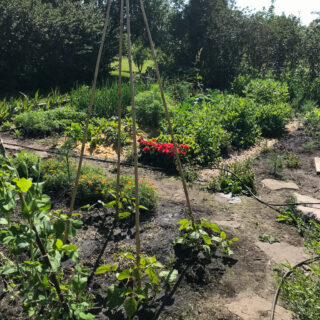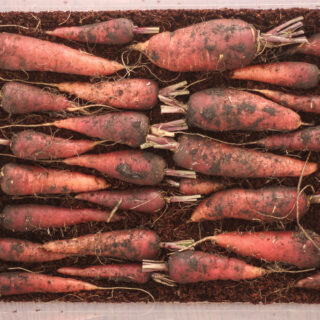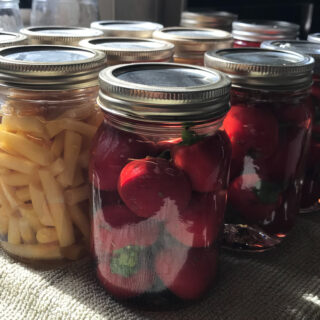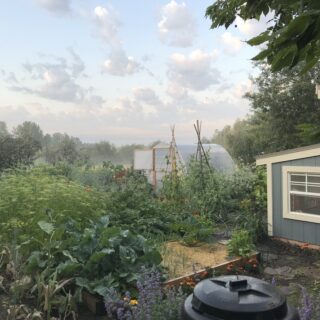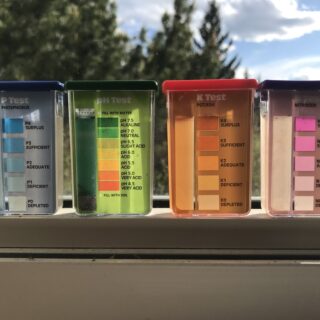
So today I managed to find some high quality organic pork fat (there is a tiny part of me that can’t even believe I just said that!) from Sunworks Farm. I have been looking for some, both to make my own lard for cooking, and to add to some venison sausage that Steve and I intend to make.
The sausage making will commence shortly but in the mean time I decided to give making my own lard a try since I found such lovely high quality fat to make it with.

(Ok – it’s really hard to make pig fat look sexy!)
Lard is a great, natural fat for cooking with because it is stable at high temperatures and will not oxidize the way that olive oil might. It is also not entirely made up of saturated fats but in fact also contains both mono and polyunsaturated fats.
Saturday fats (remember that commercial – for some margarine brand – with the cute little girl?) have gotten a bad rap for the past 30 or so years and there is considerable research to dispute the idea that they are the heart clogging demons that we have made them out to be. There is an extensive resource on fats from the Weston A Price Foundation here if you want to do a little light reading on lipids. Mark Sisson’s book, The Primal Blueprint also offers a great explanation on how different fats affect us.
Having said all of that, it is amazing how much of a leap of faith it feels like to ignore the low fat messages that we’ve been inundated with for most of my adult life.
Anyway, rendering lard is really just heating pig fat (please use pastured and/or organic) at a low temp, allowing the fat to melt, then straining and storing. Voila, quality, stable cooking fat. I don’t really make pies or pastries but lard was your gramma’s pantry staple for such things. If you will be using your lard for baking you’ll want to really watch how brown you allow the fat to turn as creamy white lard is free from any porkiness – ‘scuze the pun
I started by cutting my 2 lbs of fat into a small dice. I hear that grinding it in a meat grinder first is even better but I didn’t have the desire to mess up the Kitchenaid today. I let Steve handle that – until his knife skills drove me nuts and then I took over…
The diced fat and a bit of water (1/4 cup) went into the crock pot on low for a few hours until the remaining chunks of fat began to turn just light brown. I ended up turning down the pot at that stage to the ‘warm’ setting to give me a chance to watch it closely without over browning it.

Then I got my mason jar and a strainer ready to drain off the fat. I used a mesh bag that we used to use for wine making to line my strainer since I didn’t have any cheesecloth. Next time I’ll buy some cheesecloth.

The clear fat (hot alert!) was allowed to drain into a bowl for a few minutes and then I filled my jar and let it cool before placing it into the refrigerator for storage.
That’s it, easy peasy!



